Blender brands come and go, except for the giants like Ninja and NutriBullet.
Both have a ton of power and versatility, but there are enough differences to confidently state that only one brand of blender is going to be your ideal match by the end of this little showdown.
You’re dealing with a brand that is known for its powerful and expensive models (Ninja), and then another that focuses on cost-effectivity and smaller blenders for personal use.
Let’s put them to the test and figure out what works best for you and your needs.
Differences in Motor Power
Ninja Bullet
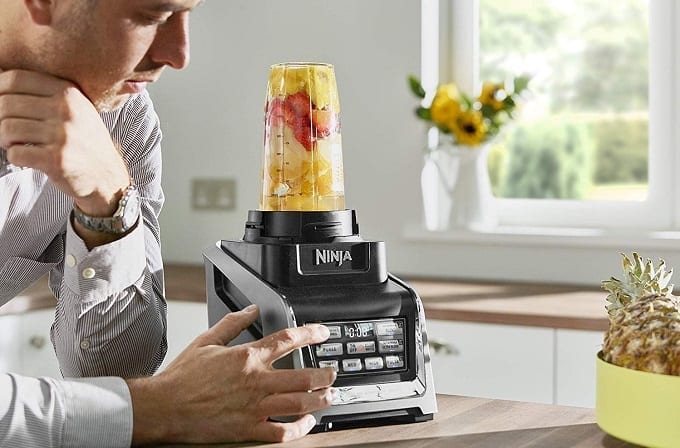
Ninja Bullet blenders are built to last, and that’s primarily because of how good the motors are.
Ninja Bullet beats NutriBullet in this department, hands down. While the warranty terms are the same (more on warranties later), the average lifespan of a Ninja motor is far longer than that of a NutriBullet.
RPM and wattage are two determining factors of a motor’s power. Wattage controls the RPM, so the more wattage in a motor, the more powerful it is.
Most blenders don’t need to slice or chop ice at all; it’s about crushing it, pulverizing it until it turns into snow and blends into your smoothie or frozen dessert perfectly.
For that, you can even get ice blade attachments for you Ninja that are a lot less sharp, but use motor speed and power to crush the ice.
It’s not recommended to use this blade attachment for anything else, but it gets the job done for smoothies and other frozen goods.
NutriBullet
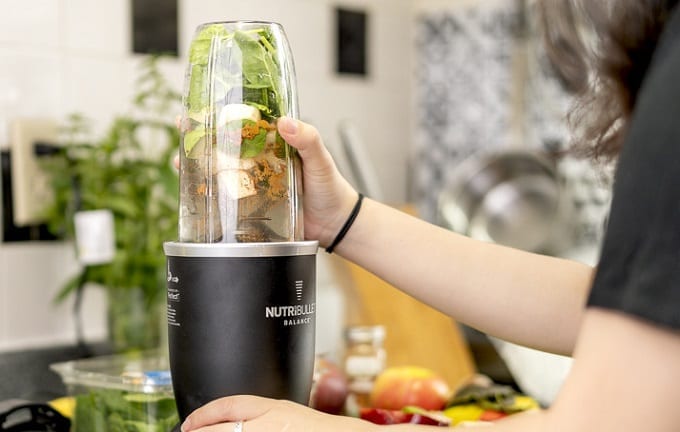
NutriBullet motors tend to be around 600 to 700 watts, which is more than enough for the needs of its small container.
The motor power is designed for the volume capabilities of no more than 32 oz, but in that usual 16 oz to 24 oz containers, it will certainly shred everything that comes it’s way.
NutriBullet motors are smaller, yet offer high amounts of power, so this tiny motor is more prone to overheating.
You’ll notice that a NutriBullet lacks proper ventilation to cool down the motor, which isn’t a good thing.
They’re conscious of it, though, because they include a shutoff feature for when it gets a bit too hot. It will kill power to the motor and reset after about fifteen minutes when everything has cooled down again.
It’s good that it has this so the motor doesn’t just die, but the fact that they need it and didn’t go back to the drawing board to fix this issue is a bit upsetting.
Thankfully, with the power and current volume in the pitcher cups, you won’t need to run it for as long as a Ninja blender.
Differences in Container Volume and Capacity
Ninja Bullet
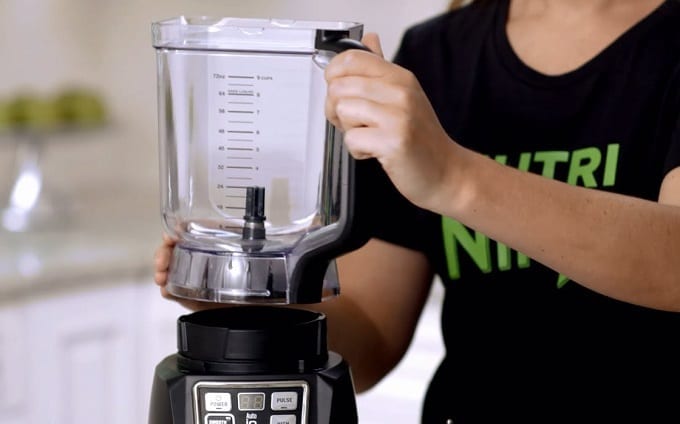
Ninja Bullet blenders generally feature 48 or 64 oz pitchers, though you’ll run into some, like NutriBullet models, with 16 oz to 24 oz individual cup pitchers.
Those are great for on-the-go traveling, and make cleanup a lot easier as well. Even with these simple cups, Ninja still makes their pitchers stand out from the rest of the competition.
For one of their personal blenders, they include a rubber seal pop-top that you can just put on top of the cup, and head out the door.
NutriBullet
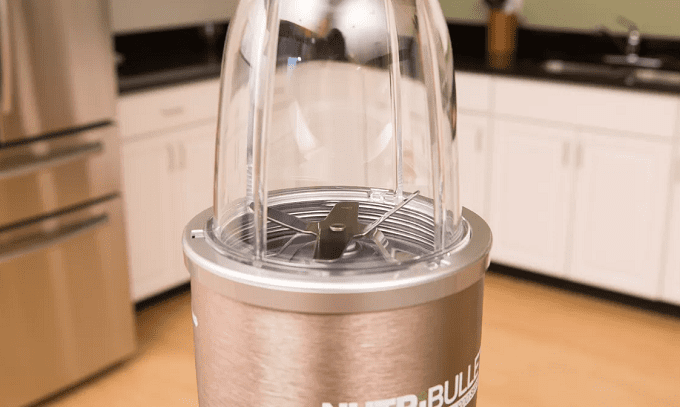
The pitcher cups are a bit hard to grasp sometimes, but they’re built tough and totally BPA-free.
You’ll enjoy these for longer than larger pitchers, primarily because it’s thicker and less prone to scratches and divots that take away a bit of the aesthetics.
NutriBullet blenders are capable of whipping up smoothies far faster than a Ninja but do keep in mind that motor problems we mentioned earlier.
You should only make one or two smoothies every ten minutes, so if you’re making them for friends, you might be better off with a higher capacity pitcher in a Ninja.
Differences in Longevity
Ninja Bullet
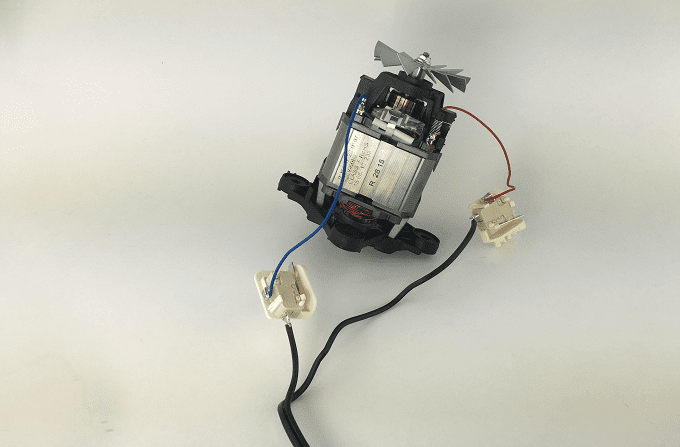
Based on the size and the design, everyone wants to assume that NutriBullet isn’t built to last, but it most certainly is.
Ninja Bullet and NutriBullet go head-to-head in this section because while they’re not set to last for decades, they do tend to live far beyond what people expect their home appliances too.
Even if you go with personal blenders, Ninja Bullet is still set to outlast NutriBullet, but that isn’t to say that they both aren’t powerful and boast long lifespans.
Lower watt motors, as you’ll often find with a NutriBullet, tend to go out faster. The wattage tells you the capabilities of the motor, which can usually circle back to how long it’s going to last on your countertop.
The one thing that NutriBullet has over Ninja with longevity is that the operation is much quicker, so you’re technically using the motor a lot less.
NutriBullet
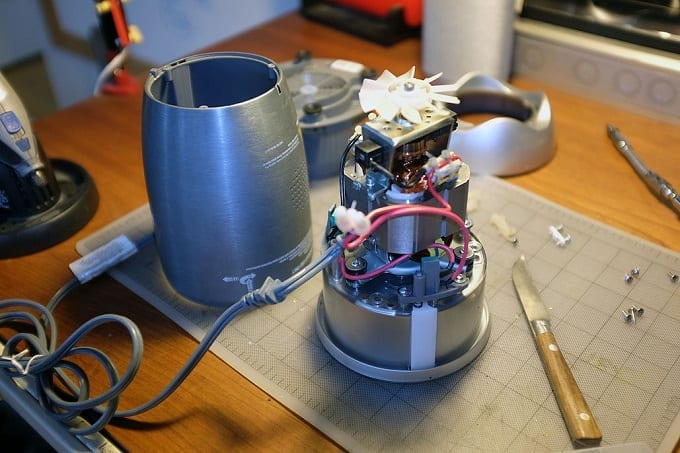
NutriBullet is built to last, just not as long as Ninja or other competitors.
It isn’t just because of the hot-running motor, either; users report a burning smell after years of using a NutriBullet, and it’s usually electrical.
You’re not going to start a fire, but you can burn out wires and need to replace them. That’s a bit of a pain because it’s going to either use up your warranty or void it if you open the motor housing yourself to change it.
Thankfully, they’re easy to repair, but it is still something you shouldn’t have to do within the warranty period.
You can expect to have your NutriBullet for about two to five years, depending on your usage.
If you blend it up every day, think of it being closer to two years, but remember that you’re paying about 40% the cost of a Ninja system, so it will all even out even if you need to make a replacement.
NutriBullets aren’t meant to last forever, save for the pro version, which does come with an extended warranty at a much more premium price.
Differences in Warranty
Ninja Bullet

Ninja Bullet warranties aren’t necessarily the best.
Don’t get us wrong, the blenders are great, but you’re likely to see one-year warranties and very rarely anything over that.
It’s a bit of a bummer because you’ll even see these limited warranties on their expensive professional models.
It’s not ideal, but thankfully they have an excellent and dedicated customer service team that works to fix whatever issue that is within their power to do so.
Limited warranties generally cover manufacturer defects, and that’s about it.
They’re still a company that’s looking to retain profits, so if they can find any way that you tampered with the blender, it could void the warranty.
We recommend not trying to repair your Ninja blender on your owns so you can avoid these issues.
They act like most other companies when it comes to warranties, which is a bit upsetting considering how much of a renowned brand they are.
NutriBullet
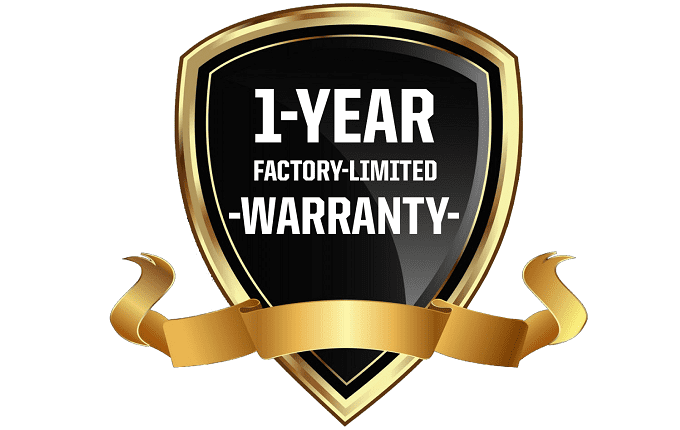
This is more of the same, I’m afraid.
You can expect a NutriBullet warranty to mimic a Ninja one, even though the quality in the units is slightly different.
NutriBullet systems come with limited warranties, meaning it’s strictly about manufacturer defects, and some models have very minor stipulations for other issues that you’ve encountered.
Because the systems are so inexpensive, they’re banking on it not dying in the first year, but they don’t want to push their luck.
It’s a bit eye-opening, but it’s how they do business.
They’ll be happy to help you out with support and answer questions on your specific warranty, just note that the warranties, though limited, are written extensively to exclude certain problems from being covered.
Look at how much you’re going to be using it, and read over the warranty carefully. The good thing is that if you ran into a major issue 15 months down the line, at least you didn’t have to pay a lot for the initial system.
Differences in Application
Ninja Bullet
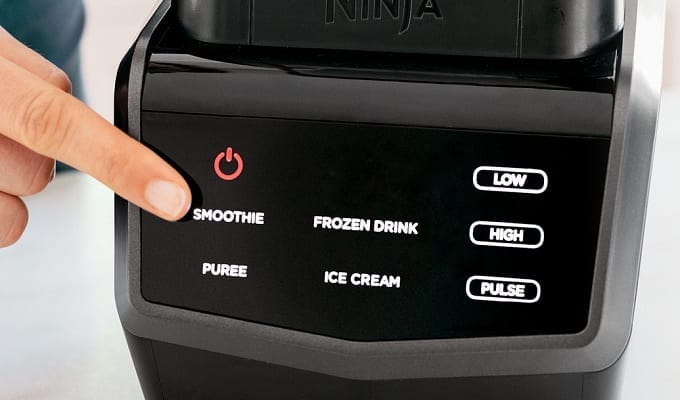
A NutriBullet might be used for fruits and vegetables, but Ninja Bullet blenders truly shine when it comes to smoothies and frozen beverages.
That goes for desserts, too. The most important thing for dealing with frozen foods is the wattage or power of the motor, and Ninja Bullet models boast from 1,000 watts up to 1,500 watts, which is overkill.
It’s certainly more power than you need in a 64 oz standard Ninja pitcher, ensuring that the motor will never be pushed to the limits when trying to make something.
One big thing about Ninja blenders is that there’s less friction heat transference from the blades, so you don’t end up with the ice in your blender heating up.
Ninja Bullet blenders can be all-purpose models, but because of that powerful motor and a limitation of modes, it can pulverize vegetables instead of chopping them, so it’s not necessarily the best for cooking.
With basic speed settings and no programmable features, it is good at what it’s good at without much room for expansion.
NutriBullet
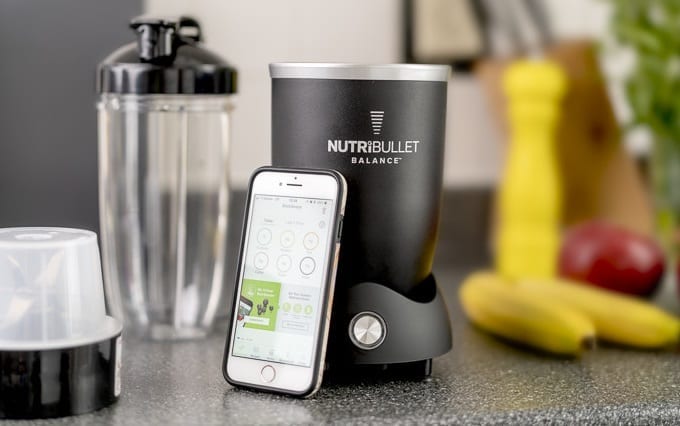
NutriBullet’s application is actually quite limited in comparison.
It can make smoothies, but the NutriBullet relies on sharp blades to be used for culinary purposes instead of just frozen beverages.
It’s better at chopping and pureeing fruits and vegetables than it is at making smoothies, but that’s not to say it isn’t viable.
Because of the overpowered motor, NutriBullet is able to chop, blend and pulverize much faster than a Ninja system.
Lower volume, high powered motor, and sharp stainless steel blades—it’s fast and effective, which is one of the reasons that people love it so much.
On the note of noise, it’s also a lot quieter than just about any Ninja blender that you’re going to find.
Differences in Overall Quality
Ninja Bullet
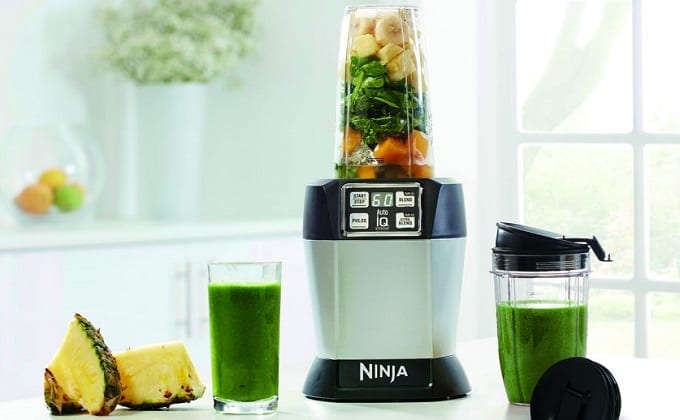
When it comes down to it, Ninja Bullet is built better than NutriBullet.
The motors are stronger, they’re designed to last for longer, and the results are more consistent in higher volume.
Ninja Bullet is a bigger investment though, and the financial divide between these two brands is pretty extensive.
You can expect a longer life from your Ninja blender, even though the warranties between these two brands tend to be the same.
There will be fewer maintenance issues and chances of your motor burning out with a Ninja.
NutriBullet
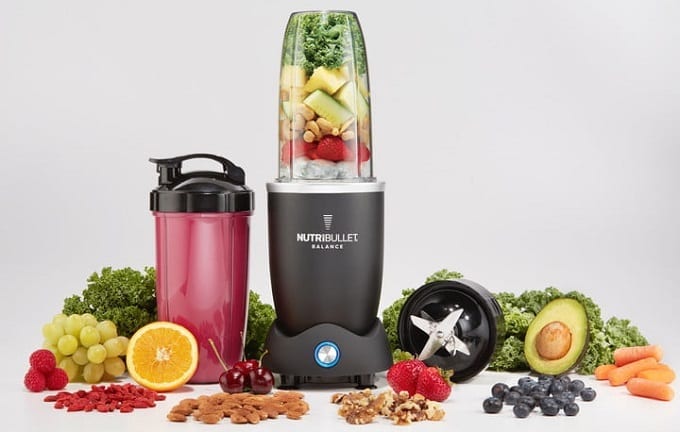
NutriBullet is inexpensive and features a similar warranty to Ninja.
It’s designed for fast blending and to be used when you’re making dinner, but the pitcher cups are a lot smaller than a fully-fledged Ninja blender.
With the hot-running motor and the limited volume, it’s not the best for making high volume dishes, but it gets the job done without running into problems.
The quality is great, and with proper maintenance, you’ll have this for years to come. The motor can handle whatever goes into the pitcher cup, and that’s a big deal.
Burnouts happen from extended use in a short amount of time, which is avoidable, but it won’t happen from the contents in the cup.
Which is Easier to Use?
The NutriBullet is far easier to use, but you have to remember that it’s because you’re sacrificing total space with the smaller pitcher cups.
As far as the UI goes, both are just as easy to use. You flip on the power, select a speed (Ninja usually has 3 while NutriBullet has 1), but it’s all very simple to navigate and use.
You can do a lot with a little bit of space, so the NutriBullet will be a bit faster in blending and chopping vegetables, but not by much.
Ninja Bullet also likes to include overpowered motors in their models, so if you have the need to blend something at a high volume, a Ninja would be easier to use than repeatedly refilling a 16 oz NutriBullet cup.
Which is Easier to Clean?
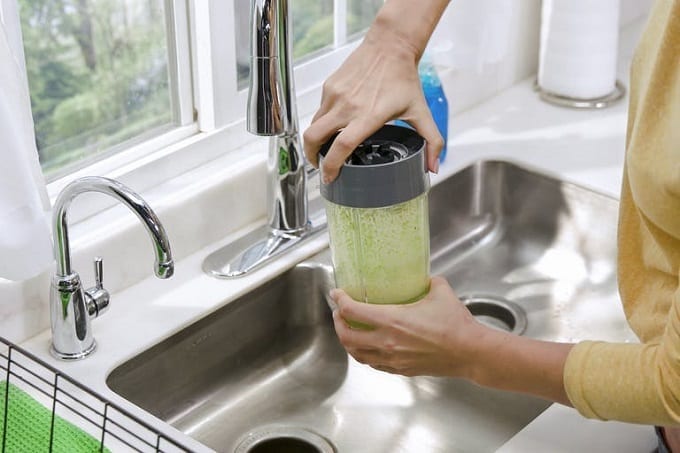
This one’s hard to judge.
On the one-note, there’s less of a surface area to clean with the NutriBullet, but on another, the Ninja is ridiculously easy to clean for having so much more surface space.
It’s a tie here for sure. Both pitchers feature a sleek interior design that lets liquids just roll right off, and a spray of hot water will clear out just about all debris.
The only difficulty, though not a major inconvenience, is that with a six-blade Ninja blender you have to find a way to clean under the blades.
There are stainless steel tools available for this task, and it doesn’t increase the overall cleaning time.
If you want a faster cleanup, NutriBullet is the obvious choice. The base is smaller, the pitchers are smaller, and that’s just easier to wipe down, wrap up the cord, and put it back in the cabinet.
Most NutriBullet cups are dishwasher safe as well, though you can clean them out super fast, so there’s no real need to even put them in the dishwasher.
Which is Easier to Maintain and Repair?
Ninja is easier to repair, which probably isn’t what you were expecting.
Their models keep it simple, so there’s not a lot of wires to mess with if you have to pop open the motor housing.
Motor pieces are easy enough to replace, and there aren’t many screws to get through before opening it all up.
With the NutriBullet, everything is more expensive to repair. That’s a cheaper blender, so in comparison to the price, you’re paying a high percentage on replacement parts.
Since the unit is so small, there’s not much you can do in terms of maintenance, so you just have to ride it out until something happens.
It would likely be easier to ship it out for repair than spend the time fixing it yourself.
With all that said, make sure you read your warranties correctly. Repairing the unit yourself could void the warranties entirely, so if it’s still protected by that warranty, your best bet is going to be shipping it out.
There are usually tamper markers if you were to open it yourself, making it hard to diagnose the problem before deciding to send it in.
Time to Make an Informed Decision
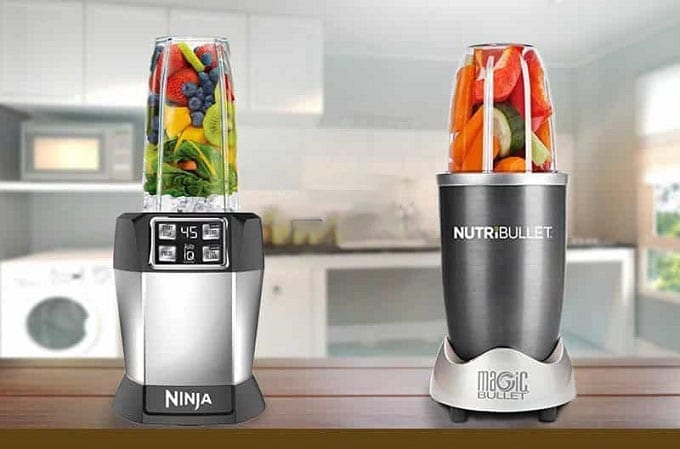
You’re facing two fantastic brands, each of which just have their own benefits and drawbacks.
NutriBullet is going to provide a faster solution for your small kitchen needs such as pureeing food and preparing for baking, but a Ninja will make a better smoothie.
Ninja is likely to set to outlast a NutriBullet system, even though for some reason their warranties aren’t quite up to snuff in comparison.
NutriBullets are more portable but don’t feature the same wattage in the motors or number of blades.
At the end of the day, they’re both your choices—Ninja and NutriBullet are both viable options for your kitchen, but if you had to ask our opinions, we would say to go with Ninja despite the few downsides.
You can check out buying guides for personal blenders, or an entire guide devoted to Ninja blenders, and make your own decision.
Subscribe To Stumpf Studio Newsletter
By entering your email address you agree to get email updates from Stumpf Studio. We'll respect your privacy and unsubscribe at any time.
